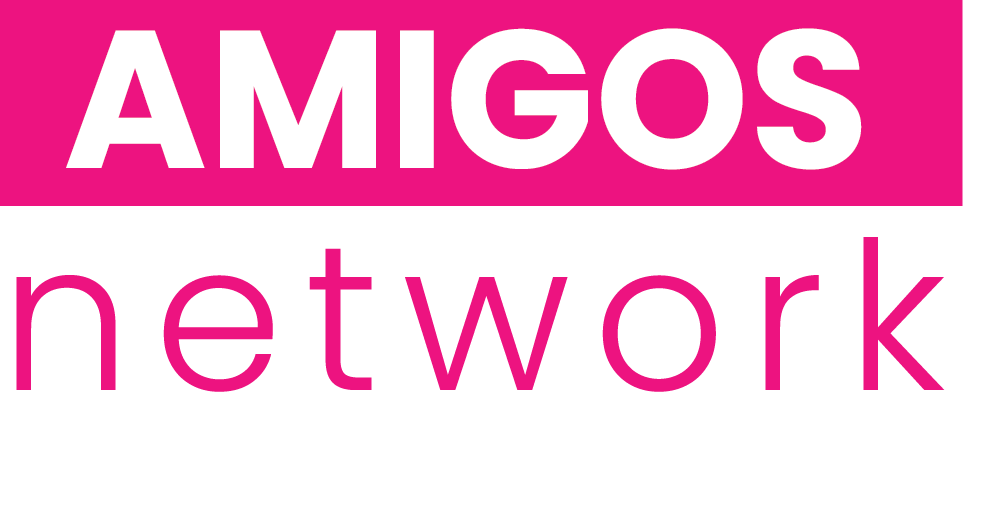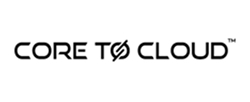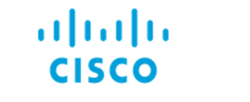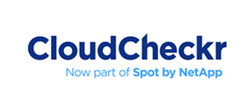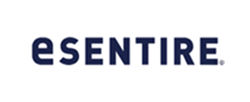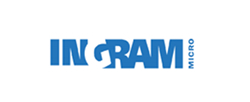Tuesday, October 01, 2024 by Shelley Hirst
Communities of like-minded individuals who form decision-making groups in the buying process play a transformative role in shaping how technology businesses and their buyers interact.
Technology vendors aiming to sell their products and services know they benefit immensely from engaging with these vibrant communities, recognised by the growing numbers of events in this category.
But what happens before and after events? Buyers are left facing a bombardment of sales messages coming at them whether they like it or not.
There is another way. When digital and in person strategies align, these communities not only serve as fertile ground for demand generation and brand amplification, but also as critical drivers of sales success through buyer satisfaction, relationships and trust.
Communities as catalysts for authentic engagement
Tech communities often consist of individuals who share a passion for similar tools, platforms, and innovations. These are not just passive buyers; they are informed, engaged, and influential voices within their respective spheres.
When tech vendors tap into these groups, they gain access to a pool of potential customers who are already predisposed to explore new technologies, solutions, or innovations. More importantly, these communities generate organic conversations around products, sharing experiences and offering peer-based recommendations, which are far more trusted than traditional advertising.
For tech vendors, this is invaluable. Rather than attempting to create demand from scratch, they are stepping into an environment where demand is already nurtured through authentic user interactions. This direct access to like-minded, tech-savvy individuals accelerates the sales cycle and significantly enhances product adoption.
Plug-and-play sales and marketing: The ultimate game-changer
However, leveraging these communities alone isn’t enough. The real magic happens when community engagement is backed by a flawless, integrated marketing and sales strategy. Enter the plug-and-play sales and marketing model—a service that ensures every stage of the demand generation process, from strategy to reporting, operates smoothly and without points of failure.
Here’s how this streamlined process supports vendors in connecting with these communities:
1. Data-driven precision: Understanding the makeup of these communities is critical. A plug-and-play service provides access to rich data insights, allowing vendors to target the right segments within these communities. Knowing who the decision-makers, influencers, and tech enthusiasts are enables tailored marketing campaigns that speak directly to the needs and pain points of the audience.
2. Strategic alignment: Marketing strategies can often fail if they’re misaligned with the product or the community’s expectations. A turnkey sales and marketing service ensures that strategy development is aligned not only with the vendor's goals but also with the preferences and behaviours of the community. This
alignment creates relevance, making every marketing touchpoint resonate more effectively.
3. Content planning and creation: Communities thrive on content—whether it’s educational, thought-provoking, or problem-solving. Plug-and-play services streamline content planning and creation, ensuring that content is not only high quality but also speaks directly to the interests and concerns of the community. This tailored approach elevates the vendor’s brand as a valuable resource, building trust and authority within the group.
4. Content delivery at scale: Engaging with communities at scale can be daunting, especially when they span multiple platforms, geographies, and demographics. The plug-and-play model facilitates seamless content distribution, ensuring that the right message reaches the right audience at the right time, whether it’s via email marketing, social media, webinars, or community forums.
5. Engagement reporting: Finally, the importance of continuous feedback cannot be understated. Plug-and-play marketing services provide detailed engagement reporting, allowing vendors to understand what resonates with the community and what doesn’t. This real-time feedback loop empowers vendors to refine their approach, iterate on their content, and ensure that their outreach remains both relevant and effective.
Turning communities into advocates
When tech vendors harness the power of communities through a well-executed sales and marketing process, they not only acquire customers—they turn these communities of buyers into advocates. These advocates become long-term users, spreading word-of-mouth recommendations, sharing success stories, and acting as unofficial brand ambassadors.
Moreover, these communities offer tech vendors an ongoing source of feedback, helping them refine their offerings and ensuring that they stay ahead of market trends. They create a cycle of continuous engagement that benefits both the vendor and the user base.
What’s in it for me? A seller’s perspective
For technology vendors, the convergence of community engagement with a seamless plug-and-play marketing process represents a win-win scenario. On one hand, they can leverage the organic demand, credibility, and influence within these communities. On the other, they can rely on a demand-generation process that eliminates points of failure—whether it’s through data precision, content strategy, or engagement
reporting—ensuring that they maximise their impact with every interaction.
In a world where trust is increasingly difficult to earn, communities of like-minded individuals represent a goldmine of opportunity. When vendors combine this with an end-to-end marketing process that leaves no stone unturned, they position themselves for long-term success, with communities not just as customers, but as lifelong partners in growth.
What’s in it for me? A buyer’s perspective
For buyers, engaging with communities of peers offers an invaluable advantage throughout their decision-making journey. These communities provide authentic insights, real-world experiences, and unbiased feedback, allowing buyers to make more informed choices with confidence.
Whether they’re in the early stages of research or close to finalising a shortlist or purchase decision, the collective wisdom and shared experiences of peers help them work through decisions with clarity. By tapping into a network of trusted voices, buyers gain a deeper understanding of products and services, ensuring they make choices that align with their unique needs and goals, all while feeling supported by a group of like-minded individuals.
Market Activation: Creating demand without the drama
Market Activation was created so that businesses can adopt a single programme to create demand without the all the drama.
It can be taken in support of other initiatives, when pipelines need fixing, or when businesses don’t have the resources, skills or budgets to do everything effectively themselves.
Frequently Asked Questions
Market Activation identifies in-market buyers (via intent data, behavioural signals) and immediately engages them with tailored outreach (nurture tracks, one-to-one advisor sessions, community invites).
Demand Engine: Targeted outreach (email, ads, sponsorships) that scores clicks → qualified leads → sales-ready appointments.
Performance Dashboard: Real-time visibility into open rates, CTOR, CPL and lead progression via our online sales portal.
Content Amplification: Thought leadership shared in The Amigos Network drives deeper engagement and social proof.
Peer Validation: Prospects get candid feedback from peers on your solutions, shortening the evaluation cycle.
Pipeline Catalysis: Warm introductions and referral paths within the community fuel high- intent conversations.
- Top-of-Funnel: Build credibility through community content and events.
- Mid-Funnel: Leverage peer case studies, expert Q&As, and live demos to answer deep technical questions.
- Bottom-of-Funnel: Invite high-intent members to advisory councils or private 1:1 sessions, often the final nudge before purchase.
- Interesting content: We originate, curate, and syndicate different types of content we know our audiences want to engage with and tell them it’s there.
- Sponsored content: We use sponsored content to drive engagement with individual brands.
- Promotion: We promote that content via multiple channels such as email, social media, YouTube, and so on.
- Identification: We ingest company-level engagement signals and combine it with known contacts that may be researching key topics.
- Segmentation: Members are bucketed by level of intent (high, medium, low) plus ICP fit and company size.
- Activation: High-intent members receive prioritised community invitations (events, focus groups, product deep-dives) to accelerate deals.
- Purchased data highlights who’s in-market.
- Community engagement reveals what questions they’re asking, so your nurture can be hyper-relevant.
- Result: A 2–3× lift in meeting acceptance and pipeline velocity vs. cold outreach alone.
- Marketing owns the nurture tracks, community invites, educational content, and event promos.
- Sales intervenes only at “high-intent + active community engagement” thresholds, with account-specific demos and peer introductions.
- Outcome: Fewer wasted calls and a higher win rate on truly qualified opportunities.
- Engagement Metrics: Community log-ins, event attendance, content downloads.
- Intent Conversion: % of intent-scored members who join private roundtables or request demos.
- Pipeline Velocity: Time from first community touch to opportunity creation.
- Revenue Impact: Contribution of community-sourced deals to overall bookings.
- Average Weekly Open Rate: 40%
- Average Weekly Click-to-Open Rate: 70%
- Average Cost-per-Lead: £45
- Minimum ROI: 500%
- Average Dwell Times: 1 minute 45 seconds
